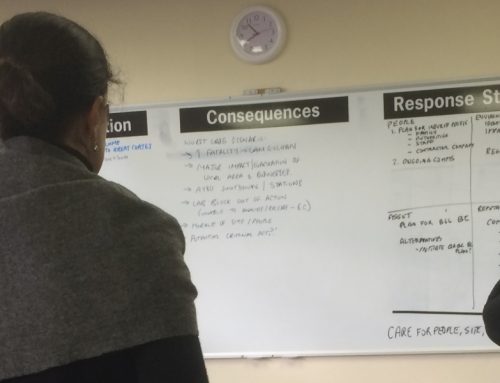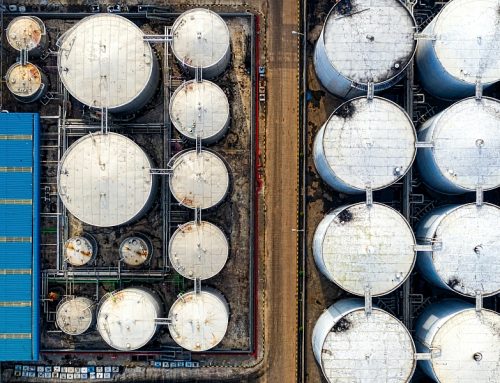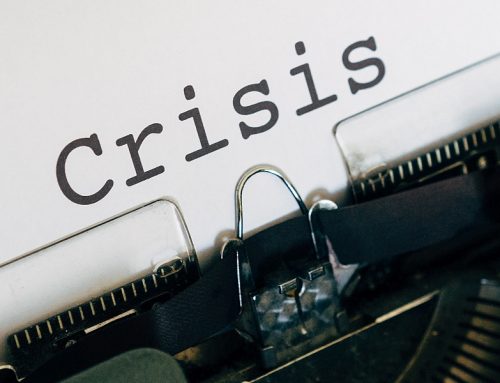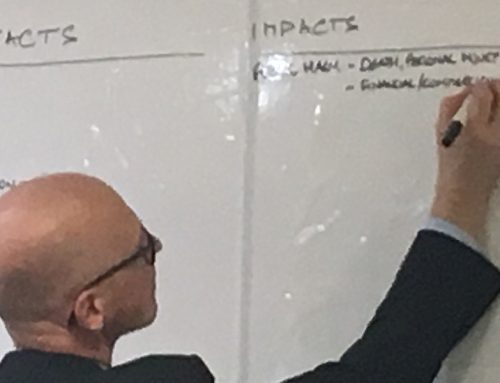In the last five months two customers have postponed strategic Crisis Management training at group level because of COVID-19 and an operational issue. Postponing Crisis Management training because of an operational interruption is like running a bus company that have repeated crashes and postponing refreshing the driver’s skills… Introducing delays like this is quite short-sighted because if anything this is the time that businesses need to rely most on the Crisis Management process and skill of critical team members. The point is; competency maintenance needs regular input to avoid skill fade and subsequent reduced performance and effectiveness. In this article we provide a summary of some key aspects of the Crisis Management role as a reminder of why competency maintenance is essential.
Risk Management
Having relevant and up-to-date risk information is one of most important considerations for risk management. Organisations invest considerable time and effort horizon-scanning, scenario planning, conducting strategic risk assessments and business impact analysis and compiling business and operational risk registers. There is no better way to challenge these processes and test contingency plans and recovery plans than to conduct strategic training and exercises. This not only serves to maintain Crisis Management Team (CMT) competency but also highlights opportunities for developing risk information processes.
Structure and accountability
It seems straightforward but we have encountered a number of situations where the structure and accountability of the CMT is not as clear as it could be. We’ve seen this most often in businesses that are implementing significant organisational change projects or M&A activities. One of the most fundamental considerations for the CMT is differentiating between operational and strategic activity. Having the right people working on the right tasks is vital and quickly identifying who and what to focus on is a key skill that is often underappreciated. Conducting strategic training and exercises helps to identify the right membership for the CMT and brings clarity to individual roles and responsibilities.
Process
It is most effective to train less intensely but more often, increasing familiarisation with the CMT process and maintaining skills and competence. Conduction CMT training once a year increases skills in the short term but does not address skills fade in the longer term and translates into CMT competency tracking up and down. We recommend a regular training programme to provide a level of competency assurance you can rely on. The CMT needs to develop a level of familiarity and understanding of the process such that they can quickly deploy, establish situational awareness and work through their first actions confidently and effectively, no matter what situation they are faced with. Regular practice is the only way to get really good at this.
Facilities and maintenance
Training is most effective when it is conducted in the actual environment that the training will be transferred back to, so in terms of CMT training this means practical exercises based on the relevant organisational context, actually mobilising the team, using the designated facilities, and working through the process. There is no better way to gain insights into how the CMT works in practice. We often identify recommendations for the CMT facilities and procedures, for example, old versions of risk information documentation and plans.





